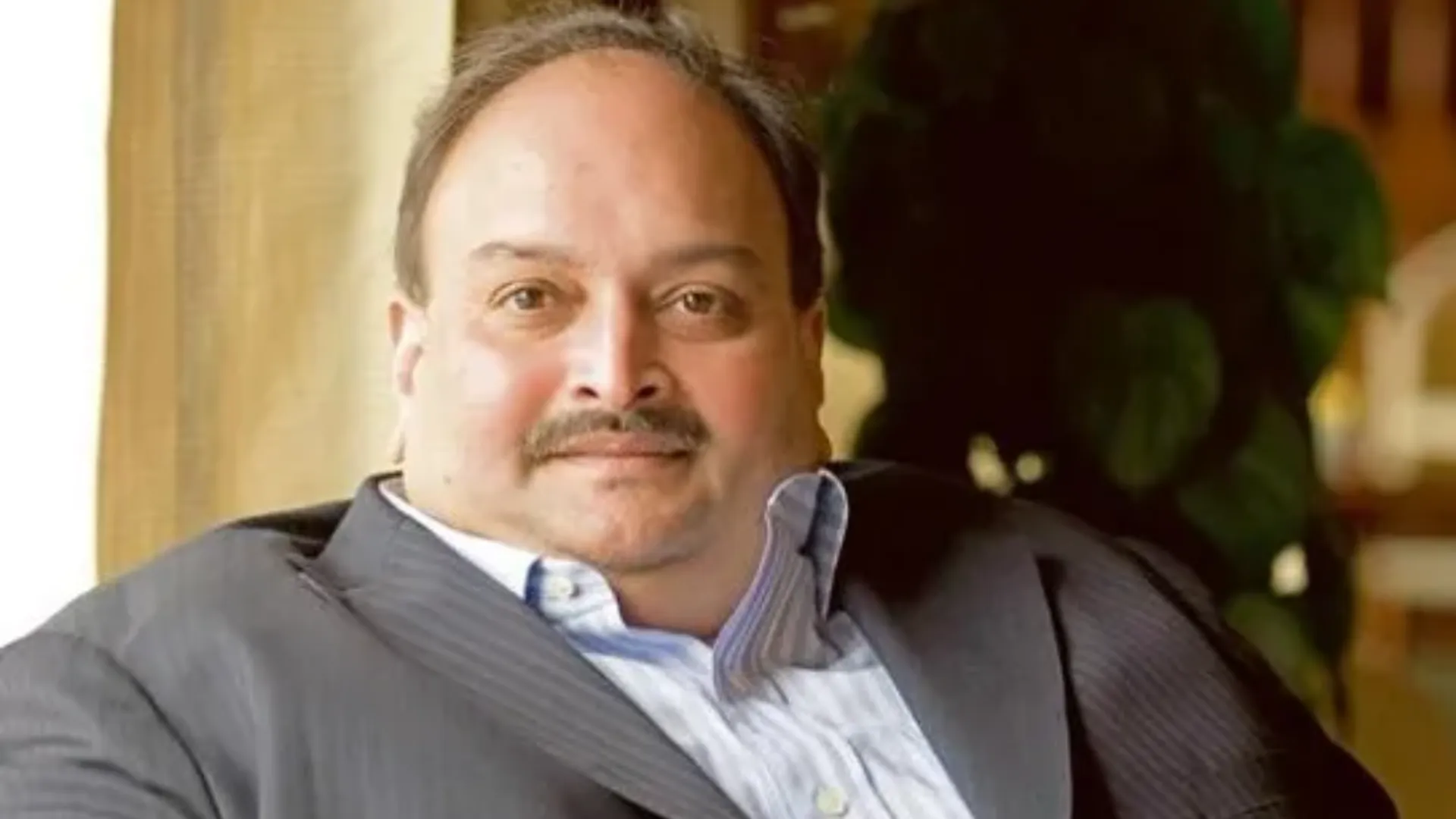Israeli officials believe a ceasefire in Gaza is a more realistic possibility now than at any point over the past year, signaling that a breakthrough in negotiations to free hostages and increase humanitarian aid to the devastated region may be near.
A working group from Israel is currently in Doha, Qatar, this week to re-establish ties with mediators, should progress in talks with Hamas occur, according to officials who requested anonymity due to the sensitive nature of the discussions.
Positive Signals from Israeli Leadership
This renewed optimism is echoed in recent statements by senior members of Prime Minister Benjamin Netanyahu’s cabinet. On Monday, Defence Minister Israel Katz stated that a truce is “closer than ever,” while Foreign Minister Gideon Saar conveyed greater confidence to hostage families, noting he feels more hopeful compared to a month ago.
Diaspora Affairs Minister Amichai Chikli added to the momentum during an interview with Army Radio on Tuesday. “There’s a chance to reach a deal, and from what I know, it will involve all 100 hostages,” he said. “First the humanitarian cases and then the rest.”
Hamas, in response, issued a statement suggesting an agreement is possible if Israel refrains from introducing new conditions.
Mediation Efforts For Ceasefire Gaining Momentum
Negotiations, which are being facilitated by Qatar and Egypt with U.S. involvement, appear to be advancing. Visits by U.S. officials to the region in recent days may have further helped to move talks forward.
Cairo-based broadcaster Extranews, a media outlet closely aligned with the Egyptian government, stated on Tuesday that intensive efforts involving “all parties” are underway to secure a truce in Gaza. Reuters also reported that a deal could potentially be reached within days. However, Egyptian television and Netanyahu’s office denied additional reports claiming the prime minister had traveled to Egypt for the negotiations.
Ceasefire Plan in Phases
While details remain limited, two Israeli officials indicated the ceasefire would be implemented in phases. The process would begin under the outgoing U.S. administration and continue as President-elect Donald Trump takes office on January 20. Adam Boehler, Trump’s appointed special envoy for hostage affairs, is currently in Israel, meeting with Netanyahu and other officials. Trump has publicly stated his desire for all hostages to be freed before his new term begins.
In the first phase of the proposed agreement, hostages categorized as “humanitarian” — including women, the elderly, and those who are ill — would be released in exchange for Palestinian prisoners held in Israel. This phase would be followed by a six- to seven-week ceasefire during which Israeli troops would withdraw from parts of Gaza, enabling negotiations toward a more permanent truce.
During this period, hundreds of aid trucks would enter Gaza daily, delivering essential food, water, and medical supplies. The United Nations and humanitarian organizations have repeatedly warned of a deepening humanitarian crisis, with the enclave’s population suffering from severe shortages.
Hostage Release and Reconstruction
In the subsequent phase, the remaining hostages — primarily military-age men — would be released in exchange for additional Palestinian prisoners. The third and final phase would focus on Gaza’s reconstruction and include the return of hostages’ bodies. Officials estimate that approximately half of the 100 hostages still in captivity are deceased.
Significant challenges remain, however. One long-standing obstacle is Hamas’s demand that Israel commit to a full troop withdrawal from Gaza at the outset. Israel has firmly opposed this, insisting its military campaign will not cease until Hamas is dismantled and no longer governs the territory.
Although Hamas has not publicly softened its position, Israeli officials believe the group has shown greater flexibility in recent discussions.
Also Read: Who Is Rex Heuermann? Acuused Serial Killer Charged With Seventh Murder In Giglo Beach Case























